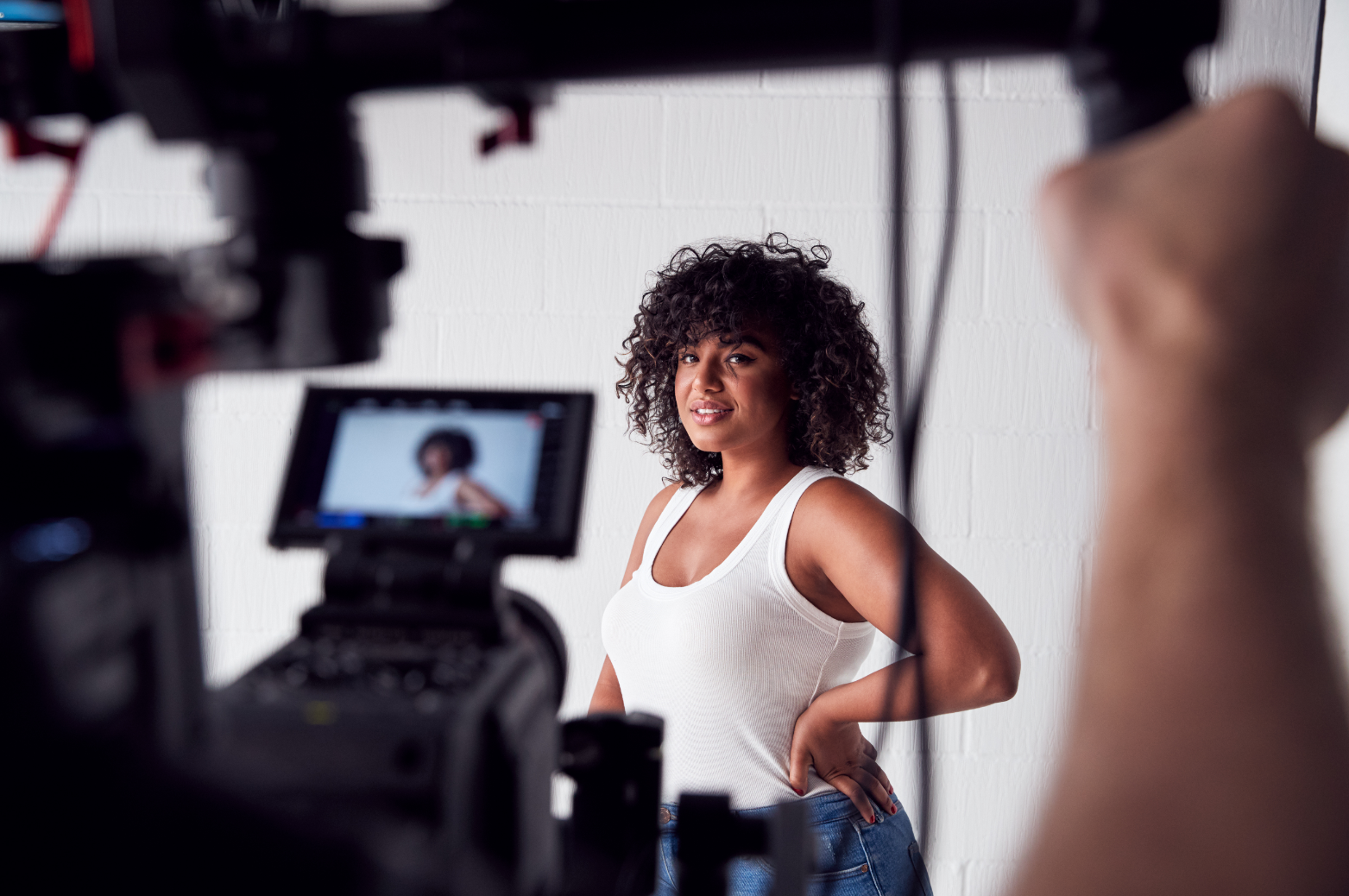Film Marketing ROI: Tracking the Success of Video Ads
.avif)
Film Marketing ROI: Track Video Ad Success
So, you've poured your heart and soul (and budget!) into crafting compelling video ads for your film. Now what? Just crossing your fingers and hoping for the best isn't a viable strategy. To truly understand the impact of your campaigns, you need to dive deep into tracking your Film Marketing ROI. It's not just about views; it's about understanding if those views are translating into ticket sales, streaming subscriptions, and ultimately, a return on your investment. Many brands also collaborate with leading production houses in Bangalore to bring quality storytelling and measurable results together.
This isn't as daunting as it sounds. By strategically tracking key metrics and using the right tools, you can gain valuable insights into what's working, what's not, and how to optimize your video ad campaigns for maximum impact. Let's break down how to do it.
Defining Your Goals & Key Performance Indicators (KPIs)
.png)
Before you even think about tracking, you need to define what success looks like. What are your goals for your video ad campaign? Are you aiming to increase awareness, drive ticket pre-sales, or boost streaming numbers? Your goals will directly influence the KPIs you need to track. For example, if your goal is to drive ticket pre-sales, relevant KPIs might include website click-through rates, conversion rates on ticketing platforms, and of course, the actual number of tickets sold attributed to the ad campaign.
Consider these KPIs when defining your goals:
- Impressions: How many times your ad was displayed.
- Reach: The number of unique individuals who saw your ad.
- Views: How many people watched a certain amount of your video (e.g., 3 seconds, 30 seconds, or the entire video).
- Click-Through Rate (CTR): The percentage of people who saw your ad and clicked on it.
- Conversion Rate: The percentage of people who clicked on your ad and then completed a desired action (e.g., bought a ticket, subscribed to a streaming service).
- Cost Per Acquisition (CPA): The cost of acquiring a customer (e.g., cost per ticket sale, cost per subscriber).
- Website Traffic: The amount of traffic your film's website receives from your video ads.
- Social Engagement: Likes, shares, comments on your video ads and associated social media posts.
Actionable Tip: Don't try to track everything at once. Focus on the 3-5 KPIs that are most directly aligned with your core objectives. This will help you stay focused and avoid getting overwhelmed with data.
Tools and Platforms for Tracking Film Marketing ROI
Fortunately, you don't have to rely on guesswork. Numerous tools and platforms can help you track your video ad performance with precision. Most video ad platforms, such as YouTube Ads, Facebook Ads Manager, and TikTok Ads Manager, offer built-in analytics dashboards that provide detailed data on your campaigns. These dashboards allow you to track impressions, views, CTR, and a range of other metrics. Google Analytics can also be integrated to track website traffic and conversions originating from your video ads.
Beyond platform-specific tools, consider using third-party analytics solutions like Mixpanel or Amplitude for more in-depth behavioral analysis. These tools can help you understand how users interact with your website or app after clicking on your video ad. They allow you to track events like button clicks, form submissions, and video plays, providing a more holistic view of the customer journey.
Example: Imagine you're running a YouTube ad campaign to promote your film's streaming release. Use YouTube Analytics to track the view rate of your ad. Then, link YouTube Analytics to Google Analytics and track how many viewers who clicked on the ad eventually landed on your streaming platform and started a free trial or purchased a subscription. This gives you a clear picture of the ad's effectiveness in driving conversions.
Attribution Modeling: Connecting Ads to Conversions
Attribution modeling is crucial for understanding which touchpoints in the customer journey are most responsible for driving conversions. It's about giving credit where credit is due. There are several attribution models to choose from, each with its own strengths and weaknesses. Common models include last-click attribution (giving all the credit to the last click before conversion), first-click attribution (giving all the credit to the first click), linear attribution (distributing credit evenly across all touchpoints), and time-decay attribution (giving more credit to touchpoints closer to the conversion).
The best attribution model for you will depend on your specific marketing goals and the complexity of your customer journey. In many cases, a multi-touch attribution model, which considers multiple touchpoints, is the most accurate and insightful. Platforms like Google Analytics 4 (GA4) offer data-driven attribution models that use machine learning to determine the optimal weight for each touchpoint based on actual conversion data.
Practical Advice: Don't rely solely on last-click attribution. It often undervalues the impact of earlier touchpoints in the funnel, such as video ads that may have introduced your film to potential viewers. Experiment with different attribution models to see which provides the most accurate picture of your video ad's contribution to conversions.
A/B Testing and Optimization: Continuously Improving Your Campaigns
Once you're tracking your KPIs and using attribution modeling to understand the impact of your video ads, it's time to start optimizing your campaigns. A/B testing, also known as split testing, is a powerful technique for testing different versions of your ad to see which performs better. You can A/B test various elements of your ad, such as the headline, thumbnail, video content, call to action, and targeting parameters.
For example, you might create two versions of your video ad, one with a humorous tone and one with a more dramatic tone. Run both ads simultaneously to the same target audience and track which one generates a higher CTR and conversion rate. Use the insights gained from A/B testing to refine your ad creative and targeting strategies. Top animation studios in Bangalore also use this approach to refine storytelling across different audiences.
Actionable Tip: Only test one variable at a time to isolate the impact of each change. For instance, if you're testing different headlines, keep everything else about the ad the same. This will give you a clear understanding of which headline is most effective.
Conclusion
Tracking your film marketing ROI from video ads is an ongoing process, not a one-time task. By setting clear goals, tracking the right KPIs, utilizing effective attribution models, and continuously optimizing your campaigns through A/B testing, you can unlock the full potential of your video advertising efforts. Remember, data-driven decisions are the key to maximizing your return on investment and ensuring your film reaches the widest possible audience. Need help crafting impactful video ads or navigating the complex world of film marketing? Reach out to us at FilmBaker. We're here to help you bake up a successful film launch!


